As your warehouse expands, you’ll quickly realise that moving large quantities of goods from one area to another becomes a daily task. Traditional forklifts just don’t cut it when it comes to horizontal movement over long distances. That’s where a tow tug comes in — a versatile piece of equipment that makes the job a whole lot easier.
A tow tug (also known as a tow tractor or tractor towing) is designed to tow or push other vehicles, materials, or equipment. Whether you’re moving goods to be shipped out or relocating a group of boxes, a tow tug allows you to quickly and safely move multiple pallets or materials across your warehouse, drastically boosting productivity and efficiency.
Types of Tow Tugs
Tow tugs come in two main configurations: 3-wheel and 4-wheel. They can handle a wide range of loads, from 1 tonne to 50 tonnes, making them suitable for all sorts of environments. Based on your needs, there are three main types of tow tugs:
- Seat-operated Tow Tug: Ideal for long shifts, these tugs provide a comfortable driving experience, especially when you’re moving goods over larger distances or for extended periods.
- Stand-on Tow Tug: Best for short, frequent trips, where you need the flexibility to stand while operating. They’re great for quick, easy movement of goods over short distances.
- Walk-behind Tow Tug: Perfect for smaller spaces and lighter loads, these tugs allow you to walk behind and control the movement, ideal for low-volume operations in confined areas.
Tow tugs are versatile and can be used indoors and outdoors, making them an ideal solution for any application that requires horizontal load movement. The best part? Electric tow tugs don’t require a licence to operate, lowering the barrier to entry and making them accessible to a larger number of employees.
Where Can Tow Tugs Be Used?
Tow tugs are perfect for a variety of applications, especially in large-scale warehouses and distribution centres. Here are just a few examples of where they can make a big difference:
Moving Goods Between Warehouse Zones
In large warehouses or logistics hubs, a tow tug can quickly move goods from one area to another. Whether you’re transporting products from the receiving area to storage or from storage to the picking zone, a tow tug speeds up the process, making your operations much more efficient.
Handling Multiple Orders in Distribution Centres
Distribution centres often deal with multiple orders at once. A tow tug can haul multiple orders from the shelves to the picking area, saving time and reducing the need for repeated manual handling.
Retail and Supermarket Goods Transport
In supermarkets and large retail stores, tow tugs are used to move goods from the warehouse to the sales floor. They’re particularly useful for restocking low-value or seasonal items (like promotional products), ensuring shelves are always full.
Raw Material Transport in Food Factories
The food industry needs to move ingredients and supplies quickly and hygienically. Tow tugs are perfect for transporting large containers or pallets of raw materials between production areas, reducing waste and improving production speed.
Transporting Medical Equipment in Hospitals
Large hospitals often have sprawling campuses, making it difficult to move medical supplies or equipment quickly. Tow tugs can be used to transport pharmaceuticals, medical devices, or cleaning materials around the facility, improving efficiency and reducing reliance on manual handling.
Construction and Mining Material Transport
Tow tugs are used on construction and mining sites to transport heavy materials or equipment. Whether it’s hauling cement bags, sand, or large machinery, they save time, reduce manual labour, and improve on-site efficiency.
Bulk Waste and Scrap Handling
In industrial sites or large construction projects, tow tugs are equipped with waste trailers or bins for quick and efficient waste transport. Using a tow tug to move rubbish and scrap material not only speeds up clean-up efforts but also reduces environmental impact.
Adjusting Warehouse Equipment
In some warehouses, tow tugs are used not just for transporting goods but also for moving heavy storage equipment or shelving units. A tow tug can easily reposition large shelves, helping you optimise your warehouse layout.
Transporting Agricultural Materials
Tow tugs are also used in agriculture and horticulture for moving bulk materials like fertiliser, seeds, chemicals, and tools.
Tow Tugs vs Forklifts: What’s the Difference?
Forklifts: Designed for lifting and stacking heavy loads, forklifts are ideal for moving items to higher storage areas. They’re great for vertical handling, especially in environments with tall racks.
Tow Tugs: Tow tugs are built for horizontal transport. They can move multiple pallets or containers at once, making them perfect for quickly hauling goods over short distances within a warehouse or factory.
Operating Tow Tugs vs Forklifts
Forklifts: Operating a forklift requires specialized training and certification due to its lifting function. They’re more complex to use, especially in tight spaces or with heavy loads.
Tow Tugs: Tow tugs are easier to operate and don’t usually require a licence, making them accessible to more staff and speeding up training.
Cost and Maintenance: Tow Tugs vs Forklifts
Forklifts: Forklifts tend to be more expensive to buy and maintain, especially those with complex lift systems.
Tow Tugs: Tow tugs are generally cheaper and easier to maintain, with fewer parts and no lifting mechanisms to service.
Tow Tug Accessories
Tow tugs can be equipped with a variety of attachments to suit specific needs. Here are some common accessories:
- Waste Trailers: Used for towing waste or scrap material around industrial sites or construction areas.
- Tow Bars: These connect the tow tug to other vehicles, such as trailers, carts, or containers, allowing for efficient transport.
- Tow Straps: Useful for securing smaller items or ensuring multiple items stay together during transport.
With these attachments, tow tugs aren’t just for hauling pallets — they’re adaptable tools that can be used for a variety of tasks in warehouse management, waste handling, and more.
DJJ EQUIPMENT offers a full range of tow tugs to meet your needs. They’re simple to operate, easy to maintain, and provide an economical solution for your material handling tasks.
In this article, we’ve covered the definition, types, and various applications of tow tugs to give you a better understanding of their benefits. If you’re looking to choose the right tow tug for your operations, don’t hesitate to reach out to DJJ EQUIPMENT today!
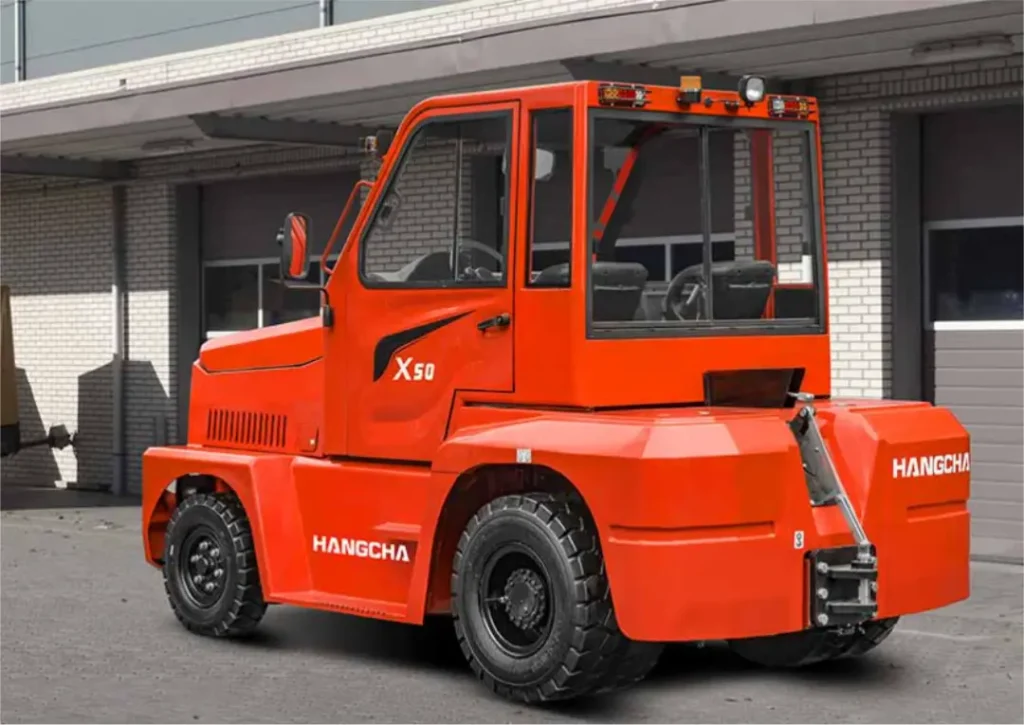
FAQ’s
What is a tow tractor?
A tow tractor is a vehicle designed to tow or push other vehicles or loads, typically used in warehouses, factories, and large industrial settings.
What is the slang for tow truck?
The slang for a tow truck is often just called a “wrecker.”
What is a tow truck also called?
A tow truck is also known as a wrecker or tow vehicle.
How much is a tow tractor?
The price of a tow tractor can range from around $5,000 to $30,000, depending on the model, size, and features.
Does a tow tractor require a license?
In most cases, a tow tractor does not require a special license to operate, but it’s important to follow the manufacturer’s instructions and local regulations.

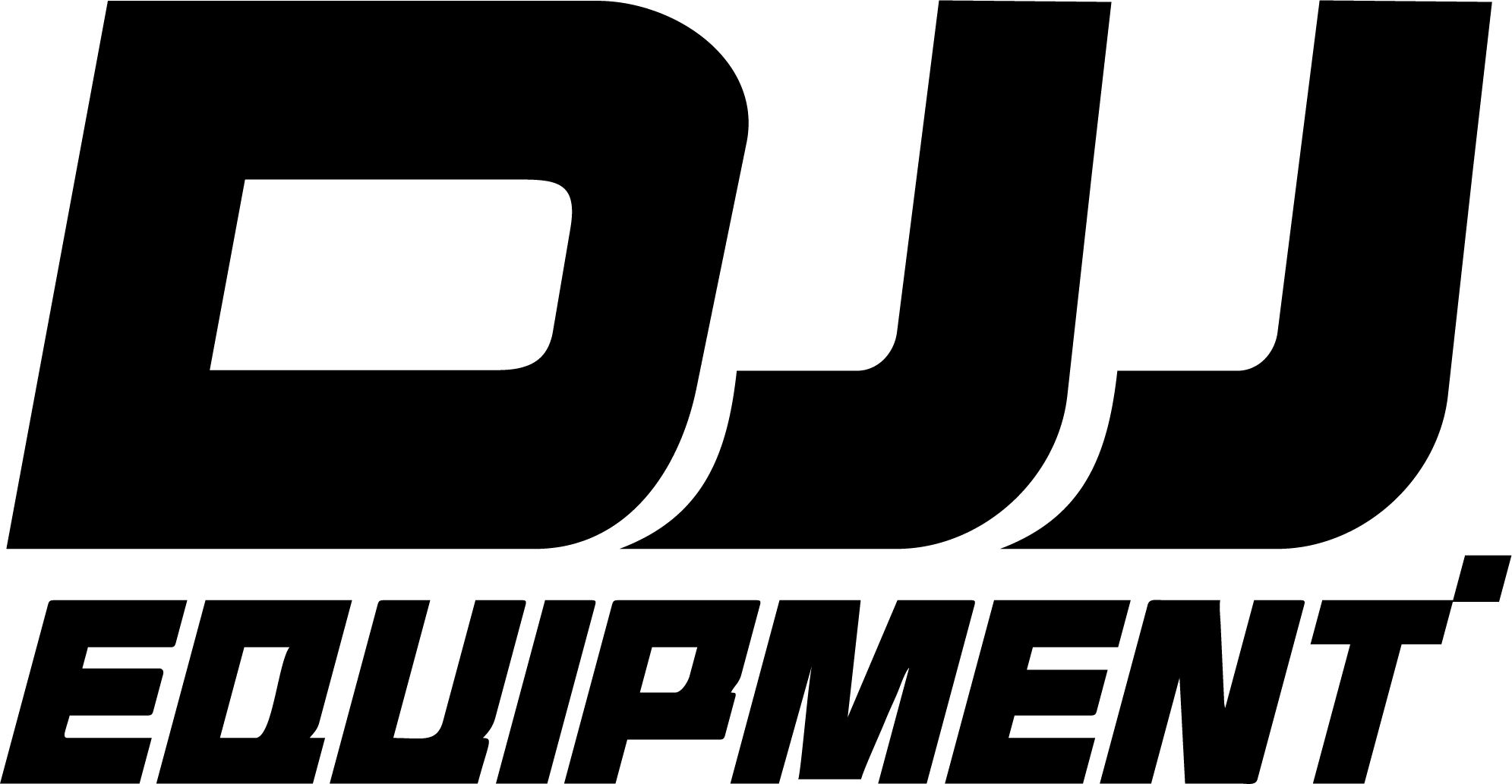
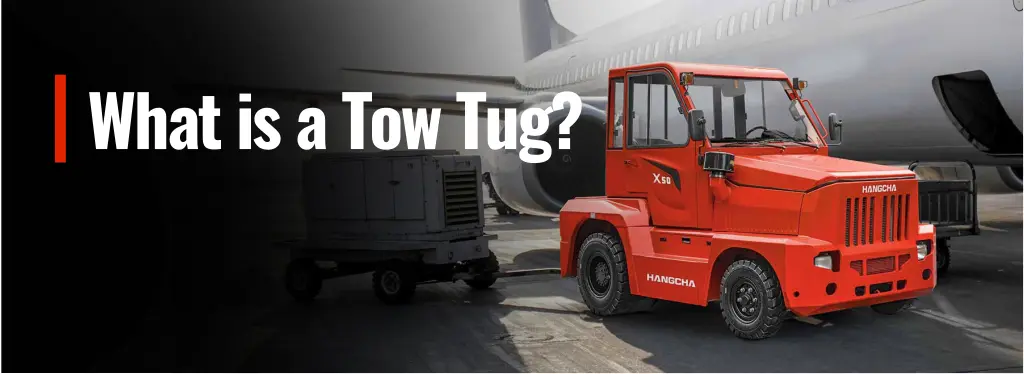
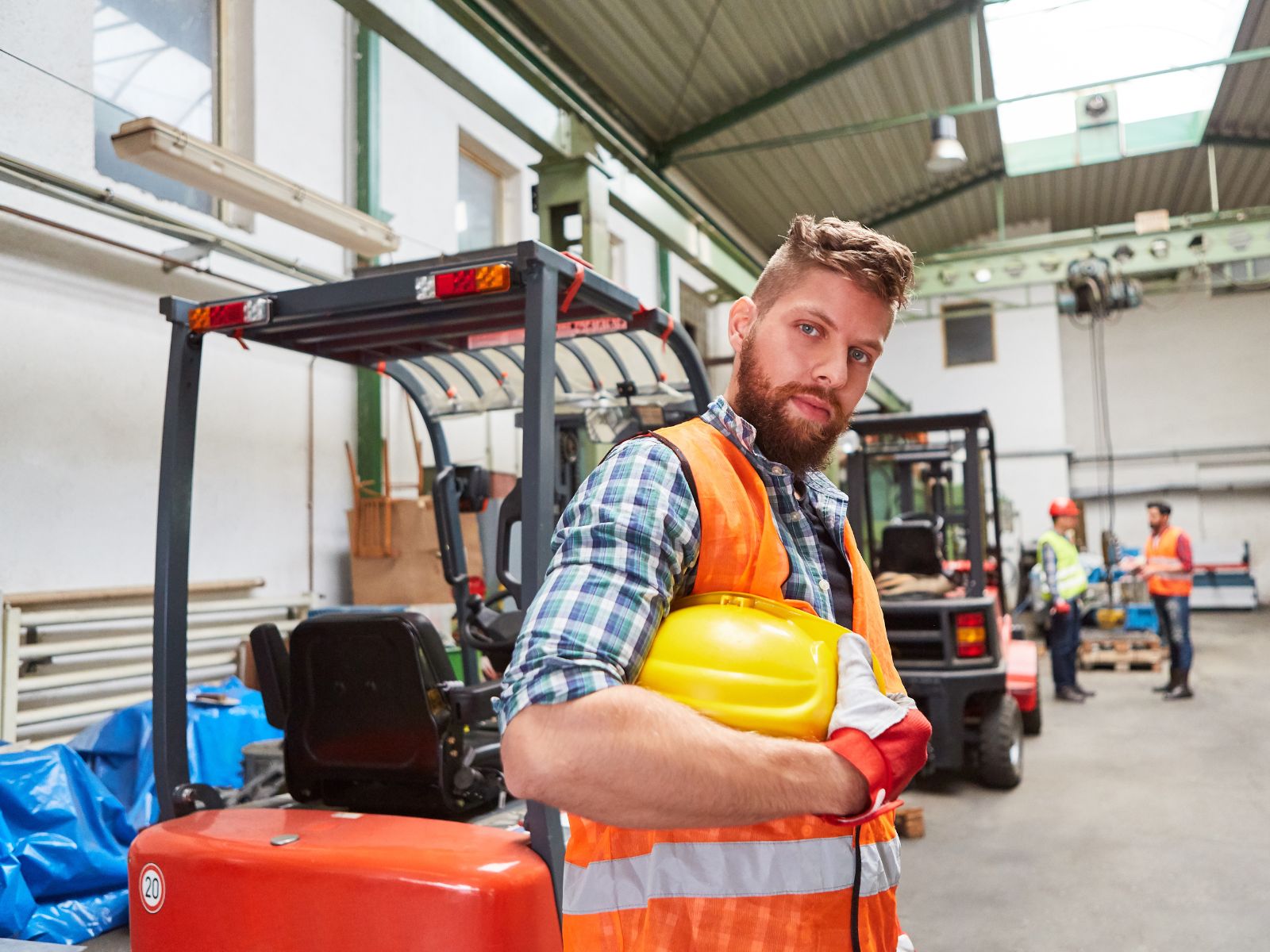
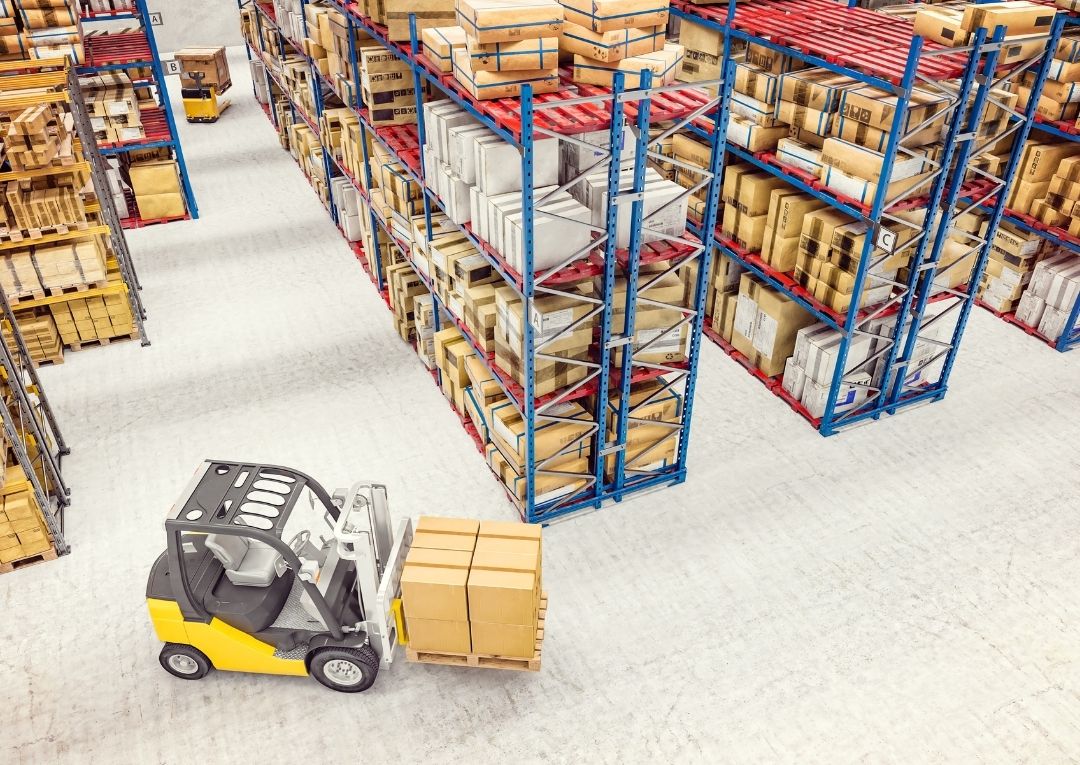
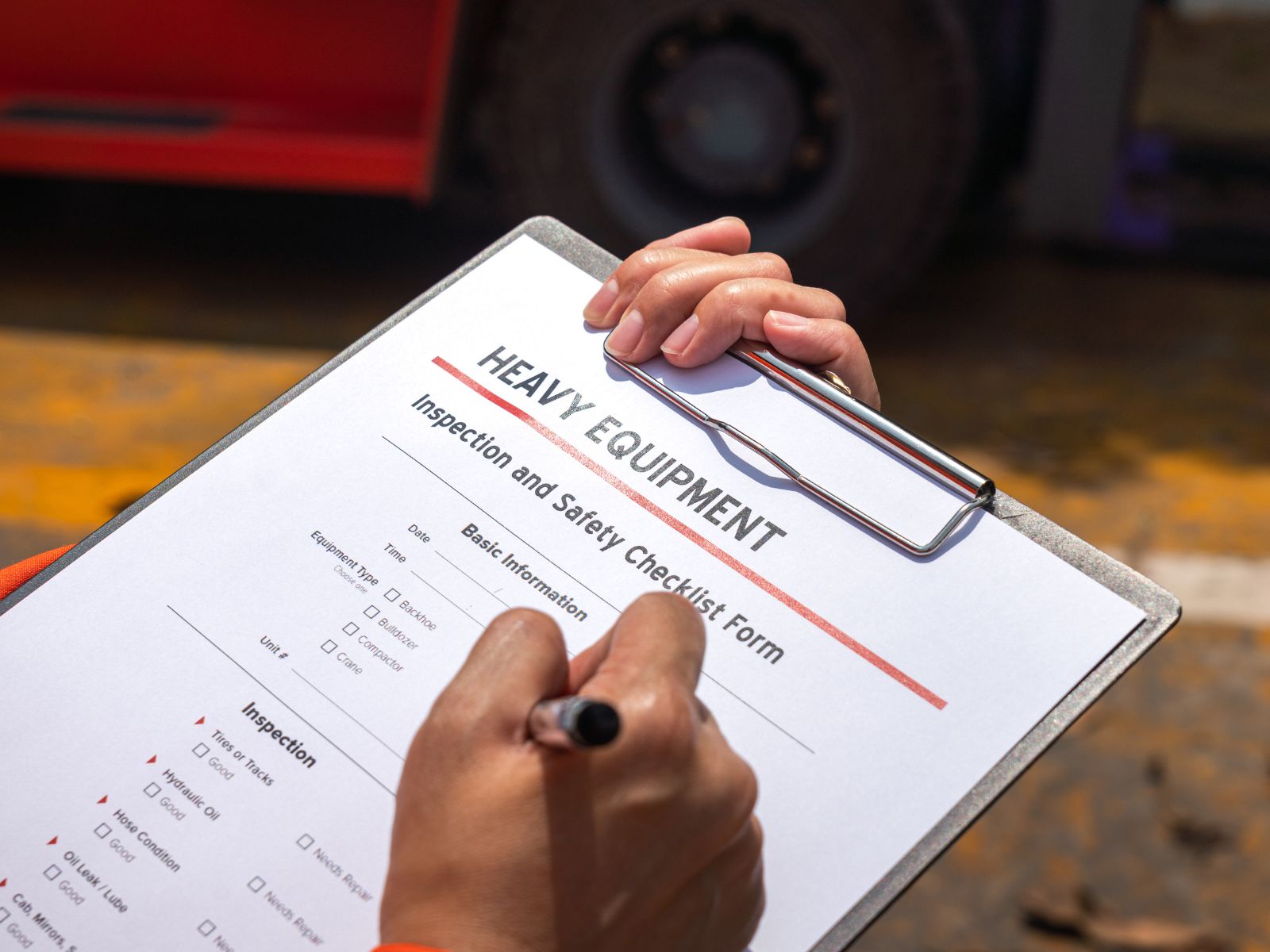
.webp)